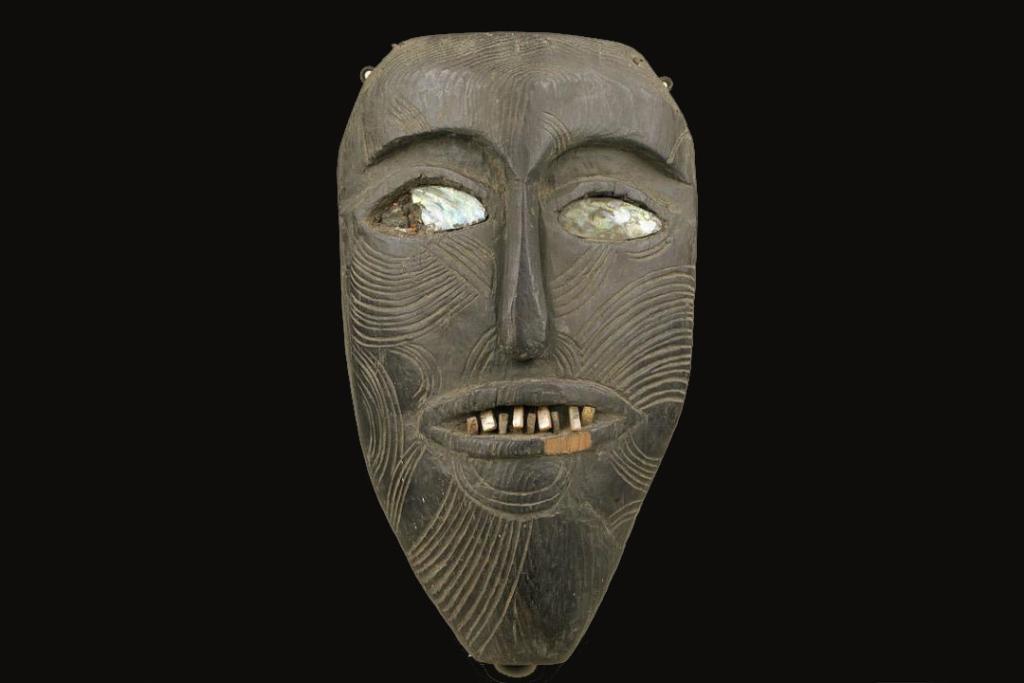
Oceania collection
There are about 6,000 objects in World Museum's Oceania collections. Oceania is a geographical region covering a vast area in the Pacific Ocean. It includes the islands of Melanesia, Micronesia, Polynesia and the continent of Australia. Most of the museum's original Oceanic collections were destroyed in the 1941 blitz.
This is part of the World Cultures collection.
After this date, museum staff actively acquired material by purchase and gift to replace what had been lost. The most important collections by area of origin come from New Guinea, New Zealand, Australia, the Solomon Islands and Fiji.
Here you can explore some of the finest artefacts from these collections. One of the most notable items to have escaped the 1941 fire is this canoe prow ornament from Papua New Guinea donated by Joseph Mayer in 1867.
Another artefact to have survived the bombing is this ‘taumi’ gorget from the Society Islands which came from the collections of the Liverpool Royal Institution in 1894. Several pieces from the Liverpool Royal Institution, including the ‘taumi’ gorget, probably came from Captain Cook's voyages in the Pacific.
The most important collections acquired after 1941 came from the Somerset Archaeological and Natural History Society, Mrs Harry Geoffrey Beasley, Norwich Castle Museum and the Wellcome Historical Medical Museum. Of these the collections from Norwich Castle Museum, founded in 1824, include some of the older pieces such as a New Zealand Maori cloak dated to the 1770s.
Here are some highlights from our Oceania collection.
